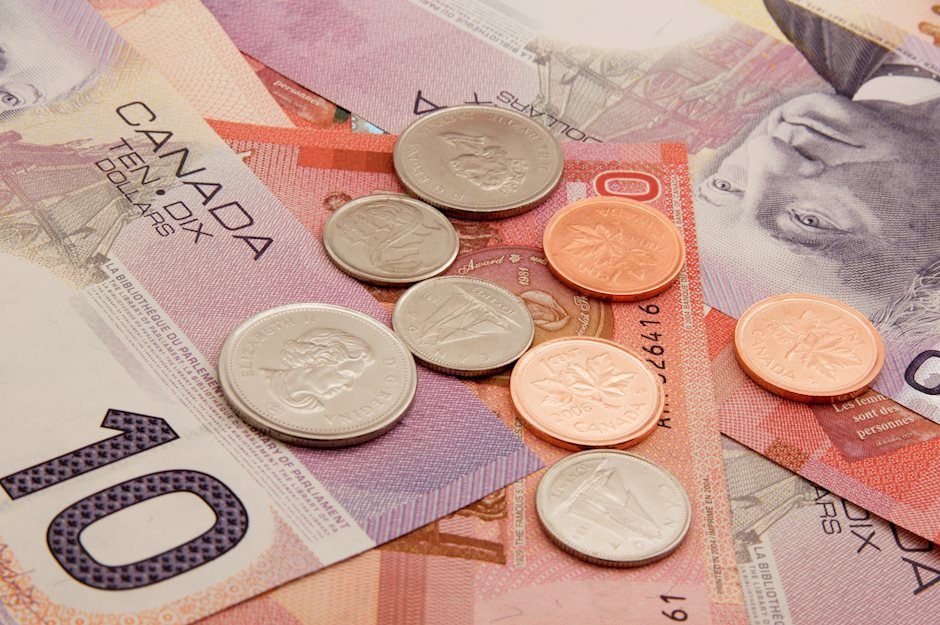USD/CAD edges higher above 1.3700, eyes on US CPI data
- USD/CAD holds positive ground near 1.3715 in Wednesday’s early European session.
- Higher crude oil prices and softer USD might weigh on the pair.
- Traders will take more cues from the US July CPI inflation report, which is due later on Wednesday.

The USD/CAD pair recovers around 1.3715 on Wednesday during the early European session. The upside of the pair might be limited as the rise of crude oil prices continues to support the commodity-linked Loonie. Later on Wednesday, the US Consumer Price Index (CPI) for July will be in the spotlight.
The Greenback remains under pressure amid the expectations for deeper interest rate cuts by the Federal Reserve (Fed) after the softer US Producer Price Index (PPI) data on Tuesday. The US Producer Price Index (PPI) for final demand came in softer than expected at 2.2% YoY in July, from 2.7% in June, according to the Bureau of Labor Statistics.
Meanwhile, the rise of crude oil prices due to a significant fall in US inventories supports the Loonie. It's worth noting that higher oil prices generally support the CAD lower as Canada is the leading exporter of Oil to the United States (US).
The Bank of Canada (BoC) decided to cut a quarter-point in its overnight rate target to 4.5% on July 24, followed by its June cut. A dovish stance from the BoC might undermine the Canadian Dollar (CAD) and cap the pair’s downside. Many economists expect the Canadian central bank to cut rates at each of the three policy-setting meetings it has left in 2024, starting in the September meeting.
Canadian Dollar FAQs
The key factors driving the Canadian Dollar (CAD) are the level of interest rates set by the Bank of Canada (BoC), the price of Oil, Canada’s largest export, the health of its economy, inflation and the Trade Balance, which is the difference between the value of Canada’s exports versus its imports. Other factors include market sentiment – whether investors are taking on more risky assets (risk-on) or seeking safe-havens (risk-off) – with risk-on being CAD-positive. As its largest trading partner, the health of the US economy is also a key factor influencing the Canadian Dollar.
The Bank of Canada (BoC) has a significant influence on the Canadian Dollar by setting the level of interest rates that banks can lend to one another. This influences the level of interest rates for everyone. The main goal of the BoC is to maintain inflation at 1-3% by adjusting interest rates up or down. Relatively higher interest rates tend to be positive for the CAD. The Bank of Canada can also use quantitative easing and tightening to influence credit conditions, with the former CAD-negative and the latter CAD-positive.
The price of Oil is a key factor impacting the value of the Canadian Dollar. Petroleum is Canada’s biggest export, so Oil price tends to have an immediate impact on the CAD value. Generally, if Oil price rises CAD also goes up, as aggregate demand for the currency increases. The opposite is the case if the price of Oil falls. Higher Oil prices also tend to result in a greater likelihood of a positive Trade Balance, which is also supportive of the CAD.
While inflation had always traditionally been thought of as a negative factor for a currency since it lowers the value of money, the opposite has actually been the case in modern times with the relaxation of cross-border capital controls. Higher inflation tends to lead central banks to put up interest rates which attracts more capital inflows from global investors seeking a lucrative place to keep their money. This increases demand for the local currency, which in Canada’s case is the Canadian Dollar.
Macroeconomic data releases gauge the health of the economy and can have an impact on the Canadian Dollar. Indicators such as GDP, Manufacturing and Services PMIs, employment, and consumer sentiment surveys can all influence the direction of the CAD. A strong economy is good for the Canadian Dollar. Not only does it attract more foreign investment but it may encourage the Bank of Canada to put up interest rates, leading to a stronger currency. If economic data is weak, however, the CAD is likely to fall.
Author

Lallalit Srijandorn
FXStreet
Lallalit Srijandorn is a Parisian at heart. She has lived in France since 2019 and now becomes a digital entrepreneur based in Paris and Bangkok.

















